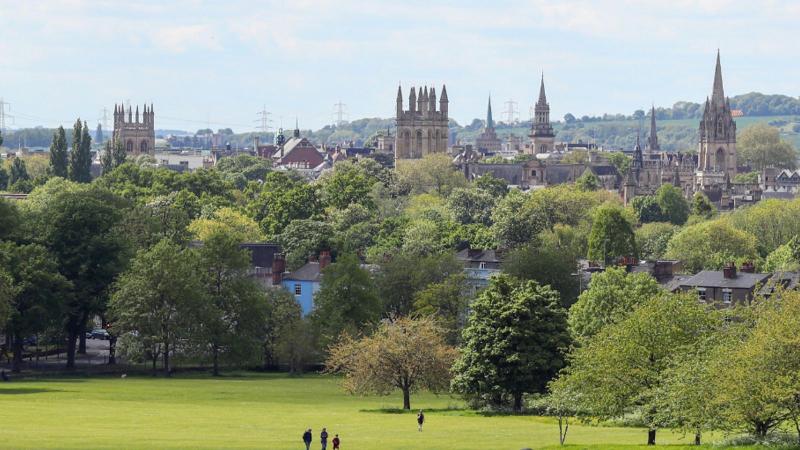Attacks by students made medieval Oxford a murder hotspot, researchers find



Oxford was one of the murder capitals of medieval England, with many attacks being committed by students living in a "deadly mix of conditions", research has found.
The university city had between four and five times the number of murders as London and York in the same period, according to a study from its main academic rival, the University of Cambridge.
It is estimated that the homicide rate in late medieval Oxford, based on 700-year-old coroners' inquests, was about 60-75 per 100,000 people - 50 times higher than current rates in 21st-century English cities.
A mix of young male students and alcohol was a "powder keg" for violence, researchers said.
Among the known perpetrators, 75% were identified by coroners as "clericus", meaning students or staff at the university.
Clericus also made up 72% of Oxford's homicide victims, the team behind the Cambridge project called Medieval Murder Maps said.

The research suggests that Oxford's student population was "by far the most lethally violent social or professional group in any of the three cities", the team said.
"A medieval university city such as Oxford had a deadly mix of conditions," said Professor Manuel Eisner, director of Cambridge's Institute of Criminology.
"Oxford students were all male and typically aged between 14 and 21, the peak for violence and risk-taking.
He added: "As well as clashes between town and gown, many students belonged to regional fraternities called 'nations', an additional source of conflict within the student body."
In the early 14th century Oxford had a population of about 7,000 inhabitants, with around 1,500 students.
On a Thursday night in 1298 there was an argument between students in a tavern on Oxford High Street which resulted in a "mass street brawl with swords and battle-axes", researchers said.
Student John Burel had a "mortal wound on the crown of his head, six inches long and in depth reaching to the brain", the coroner recorded.
Interactions with sex workers could end "tragically when students became violent", the researchers found.
They said: "One unknown scholar got away with murdering Margery de Hereford in the parish of St Aldate in 1299 when he fled after stabbing her to death instead of paying what he owed for intercourse."
It was often women who raised the alarm.
"Before modern policing, victims or witnesses had a legal responsibility to alert the community to a crime by shouting and making noise," said Dr Stephanie Brown.
"This was known as raising a hue and cry. It was mostly women who raised hue and cry, usually reporting conflicts between men in order to keep the peace."
Tags
Who is online
60 visitors

The 'joy' of raging testosterone.
Cambridge was actually founded by some Oxford guys who had to flee after a murder.